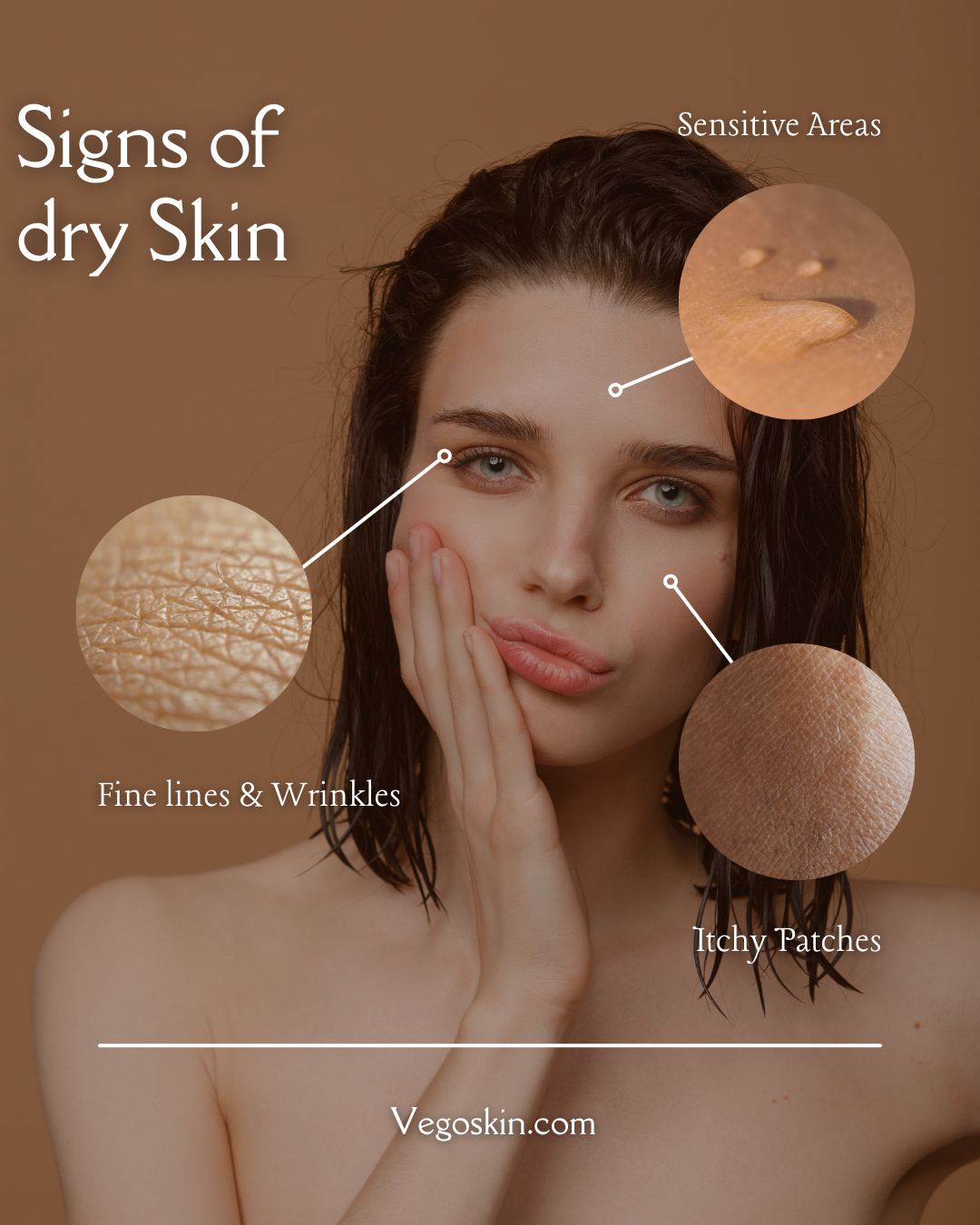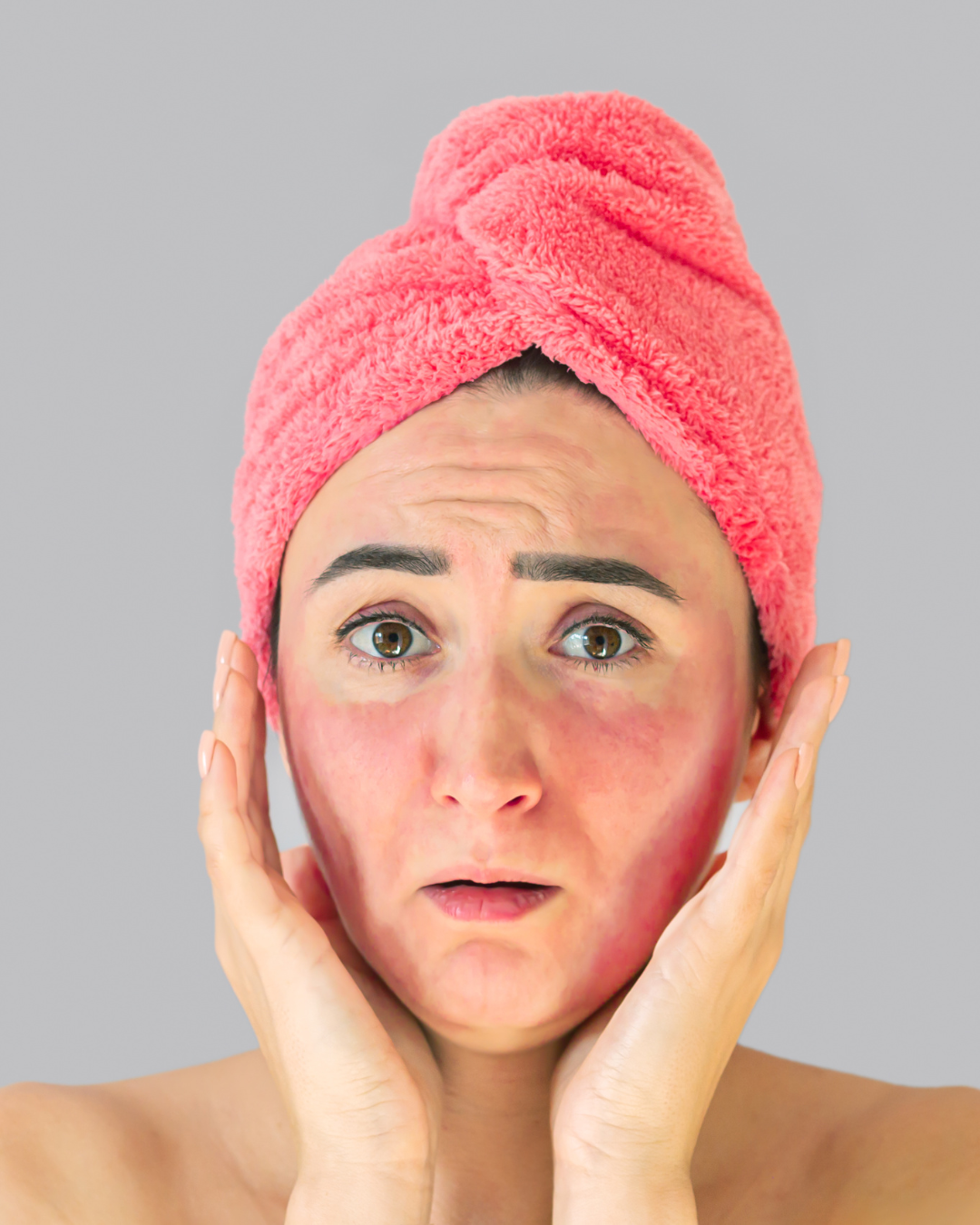The Ultimate Guide to Banishing Oily Skin for Good
Oily skin can feel like a relentless battle. You wake up with a shiny forehead, your makeup slides off by noon, and those pesky blackheads seem to multiply overnight. If this sounds familiar, you’re not alone—millions of people struggle with excess sebum production daily. But here’s the good news: you can take control. Welcome to The Ultimate Guide to Banishing Oily Skin for Good, where we’ll walk you through practical, science-backed strategies to tame that shine and keep your skin balanced for the long haul.
Let’s be real—oily skin isn’t just a cosmetic annoyance. It can dent your confidence and make you feel like no amount of blotting papers or powder will ever be enough. But with the right tools, habits, and a little patience, you can transform your complexion. In this guide, we’ll cover everything from understanding why your skin gets oily to building a routine that works. Ready to ditch the grease? Let’s dive in.
Why Does Your Skin Get Oily?
Before we banish oily skin, we need to understand it. Your skin produces sebum—a natural oil—through sebaceous glands to keep itself hydrated and protected. But when those glands go into overdrive, you’re left with a slick that rivals a frying pan. So, what’s the culprit?
Genetics: If your parents had oily skin, chances are you inherited the trait. Blame your DNA, but don’t despair—there are ways to manage it.
Hormones: Puberty, stress, or even your menstrual cycle can crank up sebum production. Ever notice your face gets shinier during a tough week? That’s cortisol at work.
Overwashing: It sounds counterintuitive, but scrubbing your face too much strips natural oils, prompting your skin to produce more sebum to compensate.
Weather: Humidity and heat can turn your face into an oil slick faster than you can say “sunscreen.”
Understanding these triggers is step one. Now, let’s move into the actionable part of The Ultimate Guide to Banishing Oily Skin for Good.
Step 1: Cleanse Smart, Not Hard
Cleansing is your first line of defense, but there’s a fine line between clean and over-stripped. Harsh soaps or aggressive scrubs might feel satisfying, but they can backfire. Instead, opt for a gentle, oil-balancing cleanser. Look for ingredients like salicylic acid (to unclog pores) or tea tree oil (a natural antibacterial). A product like could be a game-changer—check it out if you’re curious.
Wash twice daily—morning and night—and use lukewarm water. Hot water might feel good, but it can stimulate oil production. Pat dry with a clean towel (no rubbing! ), and resist the urge to over-cleanse midday. If you’re shiny by lunch, blotting papers are your new best friend.
Pro tip: If you wear makeup, double-cleansing at night is a must. Start with an oil-based cleanser to break down sunscreen and foundation, then follow with your regular cleanser. It’s a small tweak with big results.
Step 2: Tone It Down
Toners often get a bad rap as unnecessary, but for oily skin, they’re a secret weapon. A good toner removes leftover residue, tightens pores, and preps your skin for the next steps. Look for alcohol-free options with ingredients like witch hazel or niacinamide. These calm oil production without drying you out.
Apply with a cotton pad, focusing on your T-zone (forehead, nose, chin), where oil tends to pool. Not sure which toner to pick? A quick search for might spark some ideas. This step is a cornerstone of The Ultimate Guide to Banishing Oily Skin for Good, so don’t skip it!
Step 3: Moisturize—Yes, Really!
Here’s where people often trip up. “Moisturize oily skin? Isn’t that counterproductive? ” Nope! Skipping moisturizer tricks your skin into thinking it’s dehydrated, which ramps up oil production. The key is choosing the right one.
Go for lightweight, non-comedogenic (won’t clog pores) formulas—think gel-based or water-based moisturizers. Ingredients like hyaluronic acid hydrate without heaviness, while mattifying agents (like silica) keep shine at bay. Slather it on after toner, and watch your skin drink it up without turning into a grease fest.
Still skeptical? Studies show proper hydration can regulate sebum over time—check out if you’re into the science. Trust me, this is a non-negotiable in our quest to banish oily skin for good.
Step 4: Exfoliate (But Don’t Overdo It)
Dead skin cells + excess oil = clogged pores. Exfoliation keeps things clear, but it’s a double-edged sword. Overdo it, and you’ll irritate your skin, making it oilier. Stick to once or twice a week with a chemical exfoliant like BHA (beta hydroxy acid)—it dives into pores to dissolve gunk.
Physical scrubs with beads or grains? Proceed with caution. They can cause micro-tears, especially if you’re acne-prone. Not sure what’s best for you? A dermatologist’s take on it might steer you right.
Step 5: Mask the Problem Away
Clay masks are oily skin’s MVP. Ingredients like kaolin or bentonite soak up oil like a sponge, leaving your face matte and refreshed. Use a mask once a week—apply, relax for 10-15 minutes, and then rinse. It’s a mini spa moment with real results.
For an extra kick, try a mask with charcoal to detoxify or sulfur to fight breakouts. Brands often list these on —peek at some options if you’re shopping. This ritual ties perfectly into The Ultimate Guide to Banishing Oily Skin for Good.
Step 6: Shield Your Skin with SPF
Sunscreen is an absolute must, regardless of whether you have oily skin or not. UV rays can damage your skin barrier, exacerbating issues like oiliness and acne. The key is to choose a lightweight, oil-free sunscreen with an SPF of 30 or higher, ideally with a matte finish. Gel or fluid formulas are particularly effective.
Make it a habit to apply sunscreen as the final step of your morning skincare routine, even on cloudy days. If you’re spending time outdoors, remember to reapply every two hours. Looking for the right product? Explore some recommendations for inspiration.
Lifestyle Changes for Lasting Results
Skincare alone won’t solve everything; your daily habits significantly impact your journey to combat oily skin. Here are some adjustments to enhance your efforts:
– Diet: While greasy foods like fries aren’t solely responsible for oily skin, maintaining a balanced diet is beneficial. Focus on incorporating antioxidants (like berries and spinach) and limit dairy, which can stimulate oil production. Interested in the details? There’s plenty of scientific insight available.
– Hydration: Drink plenty of water. When you’re dehydrated, your skin compensates by producing more oil.
– Stress Management: Although it can be challenging, practicing stress relief techniques such as yoga or indulging in a good book can help regulate hormones and reduce oiliness.
– Pillowcases: Change your pillowcases weekly. They can accumulate oil and bacteria quickly, and your skin deserves better.
What to Avoid: Common Mistakes for Oily Skin
Even with the best intentions, it’s easy to fall into common traps. Here’s what to steer clear of:
– Heavy Creams: These can clog pores more rapidly than you realize.
– Touching Your Face: Your hands transfer oil and dirt—keep them away from your face!
– Over-powdering: Excess powder can cake up and worsen your complexion as the day goes on. Instead, try using blotting papers.
The Complete Guide to Tackling Oily Skin
Now, let’s piece everything together with a sample daily routine:
– Morning: Cleanse, tone, moisturize, and apply SPF.
– Night: Double-cleanse, tone, moisturize (consider adding exfoliation or a mask to your routine weekly).
Consistency is crucial. While results won’t appear overnight, if you remain dedicated, you’ll likely notice a reduction in shine within weeks. Keep track of your progress—consider taking before-and-after photos to witness the transformation.
When to Seek Professional Help
If you’ve diligently followed this guide for a month without seeing improvement, it might be time to consult a dermatologist. Prescription treatments like retinoids or oral medications can effectively address persistent oiliness. Don’t hesitate to reach out for personalized advice.
Final Thoughts: Enjoying a Shine-Free Complexion
Oily skin doesn’t have to dominate your life. Equipped with the strategies outlined in this guide, you can confidently combat shine and achieve a balanced complexion. It’s not about striving for perfection; it’s about finding harmony. Embrace the process, make adjustments as needed, and relish in a fresh, non-greasy look.



